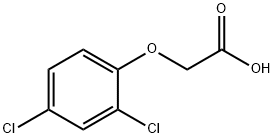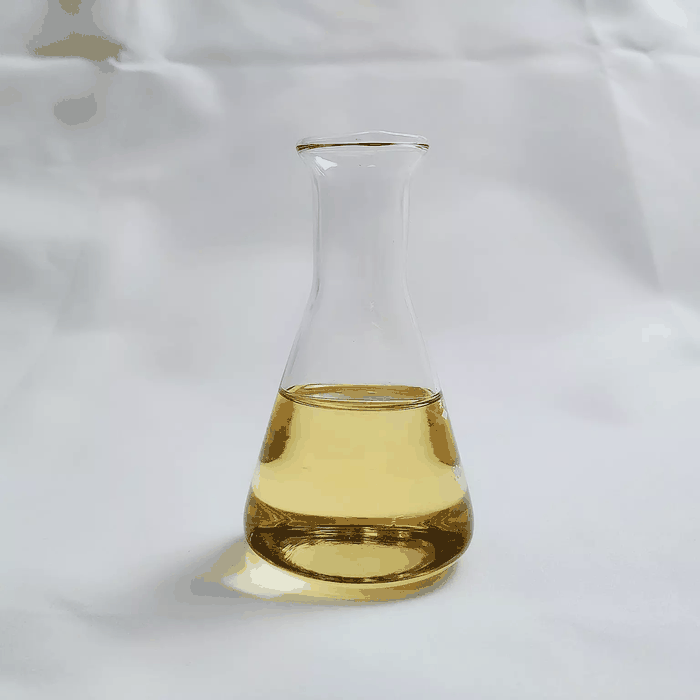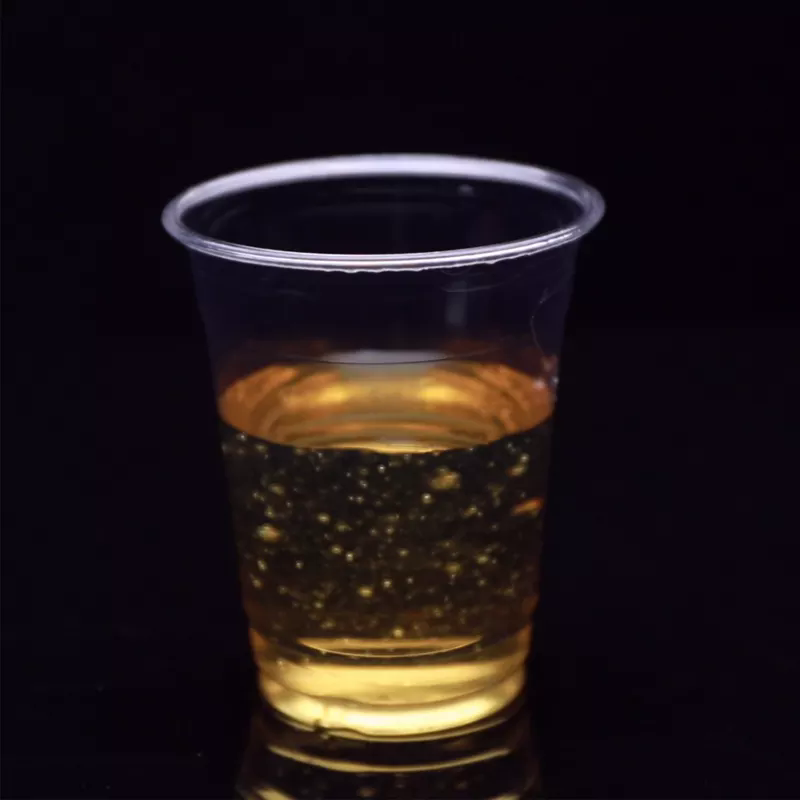1,2-Dichlorobenzene
Synonym(s):o-DCB;o-dichlorobenzene;1,2-Dichlorobenzene;o-Chlorobenzene;o-Dichlorobenzene, 1
- CAS NO.:95-50-1
- Empirical Formula: C6H4Cl2
- Molecular Weight: 147
- MDL number: MFCD00000535
- EINECS: 202-425-9
- SAFETY DATA SHEET (SDS)
- Update Date: 2025-12-10 11:56:18

What is 1,2-Dichlorobenzene?
Chemical properties
1,2-Dichlorobenzene (DCB, o-Dichlorobenzene, ODB, Orthodichlorobenzene), C6H4Cl2, is a colorless to pale yellow liquid with a pleasant aromatic odor. It is a combustible liquid and can form explosive mixtures with air at or above 151°F. Combustion and thermal decomposition products include hydrogen chloride gas, phosgene and chloro-carbons. Its flammable (explosive) limits are as follows: Lower 2.2%, Upper 9.2%.
Physical properties
Clear, colorless to pale yellow liquid with a pleasant, aromatic, grassy or vegetable-type odor. At 40 °C, the lowest concentration at which an odor was detected was 200 μg/L. At 25 °C, the lowest concentration at which a taste was detected was 200 μg/L (Young et al., 1996). A detection odor threshold concentration of 4.2 mg/m3 (699 ppbv) was reported by Punter (1983).
The Uses of 1,2-Dichlorobenzene
1,2-Dichlorobenzene is used as a solvent; asa fumigant; as an insecticide for termites;as a degreasing agent for metals, wool, andleather; and as a heat transfer medium.
The Uses of 1,2-Dichlorobenzene
Solvent for waxes, gums, resins, tars, rubbers, oils, asphalts; insecticide for termites and locust borers; fumigant; deodorizer; removing sulfur from illuminating gas; as degreasing agent for metals, leather, wool; as ingredient of metal polishes; as heat transfer medium; as intermediate in the manufacture of dyes.
Definition
ChEBI: 1,2-dichlorobenzene is a dichlorobenzene carrying chloro substituents at positions 1 and 2. It has a role as a hepatotoxic agent and a metabolite.
Production Methods
1,2-Dichlorobenzene is produced by reacting liquid benzene with gaseous chlorine in the presence of a catalyst at moderate temperature and atmospheric pressure.
Dichlorobenzenes are primarily produced by the chlorination of benzene in the presence of a catalyst (FeCl3 or AlCl3) although there are other possible synthetic routes. The two commercially important isomers are the ortho- and para-dichlorobenzenes.
General Description
A clear colorless liquid with a pleasant odor. Denser than water and insoluble in water. Flash point 150°F. Toxic by inhalation and ingestion. Used to make other chemicals, solvents, fumigants and insecticides and for many other uses.
Air & Water Reactions
Insoluble in water.
Reactivity Profile
1,2-Dichlorobenzene is sensitive to prolonged exposure to light. 1,2-Dichlorobenzene can react vigorously with oxidizers. 1,2-Dichlorobenzene is incompatible with aluminum and aluminum alloys. 1,2-Dichlorobenzene attacks some forms of plastics, rubber and coatings. .
Health Hazard
1,2-Dichlorobenzene exhibits low acute toxi city by inhalation, ingestion, and skin absorp tion. It is more toxic than chlorobenzene.The symptoms are lacrimation, depression ofcentral nervous system, anesthesia, and liverdamage. Lethal concentration in rats for a7-hour exposure period is in the range of800 ppm. The oral LD50 value in rabbits is500 mg/kg. There is no evidence of carcino genicity in animals.
Fire Hazard
Special Hazards of Combustion Products: Poisonous vapors including hydrogen chloride gas, chlorocarbons, chlorine
Flammability and Explosibility
Non flammable
Chemical Reactivity
Reactivity with Water No reaction; Reactivity with Common Materials: No reaction; Stability During Transport: Stable; Neutralizing Agents for Acids and Caustics: Not pertinent; Polymerization: Not pertinent; Inhibitor of Polymerization: Not pertinent.
Safety Profile
Poison by ingestion and intravenous routes. Moderately toxic by inhalation and intraperitoneal routes. An experimental teratogen. Other experimental reproductive effects. An eye, skin, and mucous membrane irritant. Causes liver and hdney injury. Questionable carcinogen. Mutation data reported. A pesticide. Flammable when exposed to heat or flame. Can react vigorously with oxidizing materials. To fight fire, use water, foam, CO2, or dry chemical. Slow reaction with aluminum may lead to explosion during storage in a sealed aluminum container. When heated to decomposition it emits toxic fumes of Cl-. See also CHLOROBENZENE and CHLORINATED HYDROCARBONS, AROMATIC.
Potential Exposure
The major uses of o-DCB are as a process solvent in the manufacturing of toluene diisocyanate and as an intermediate in the synthesis of dyestuffs, herbicides, and degreasers. p-Dichlorbenzene is used primarily as a moth repellant, a mildew control agent; space deodorant; and in insecticides, which accounts for 90% of the total production of this isomer. Information is not available concerning the production and use of m-DCB. However, it may occur as a contaminant of o-or p-DCB formulations. Both o-and p-isomers are produced almost entirely as by-products during the production of monochlorobenzene
First aid
If this chemical gets into the eyes, remove anycontact lenses at once and irrigate immediately for at least15 min, occasionally lifting upper and lower lids. Seek medical attention immediately. If this chemical contacts theskin, remove contaminated clothing and wash immediatelywith soap and water. Seek medical attention immediately. Ifthis chemical has been inhaled, remove from exposure,begin rescue breathing (using universal precautions, including resuscitation mask) if breathing has stopped and CPR ifheart action has stopped. Transfer promptly to a medicalfacility. When this chemical has been swallowed, get medical attention. Give large quantities of water and inducevomiting. Do not make an unconscious person vomit.
Storage
Color Code—Red (o-DCB): Flammability Hazard:Store in a flammable liquid storage area or approved cabinet away from ignition sources and corrosive and reactivematerials.
Color Code—Blue (m-DCB): Health Hazard/Poison: Storein a secure poison location.
Color Code—Green (p-DCB): General storage may be used.Prior to working with any DCB you should be trained on itsproper handling and storage. Before entering confined space where this chemical may be present, check to make surethat an explosive concentration does not exist.Dichlorobenzene must be stored to avoid contact withstrong oxidizers, such as permanganates, nitrates, peroxides,chlorates, and perchlorates, hot aluminum or aluminumalloys since violent reactions occur. Store in tightly closedcontainers in a cool, well-ventilated area away from heatand direct light. Sources of ignition, such as smoking andopen flames, are prohibited where dichlorobenzene is used,handled, or stored in a manner that could create a potentialfire or explosion hazard. A regulated, marked area shouldbe established where p-DCB is handled, used, or stored incompliance with OSHA Standard 1910.1045.
Shipping
o-DCB: Requires a shipping label of“POISONOUS/TOXIC MATERIALS.” It falls in HazardClass 6.1 and Packing Group III.m-DCB: Toxic, liquids, organic, n.o.s. requires a shippinglabel of “POISONOUS/TOXIC MATERIALS.” It falls intoHazard Class 6.1 and Packing Group III.Based on regulations, it may be classified as anEnvironmentally hazardous substances, liquid, n.o.s. Underthis classification, it requires a shipping label of “CLASS9.” It falls in Hazard Class 9 and Packing Group III.[20,21]p-DCB: May be classified as an Environmentally hazardous substances, solid, n.o.s. This chemical requires ashipping label of “CLASS 9.” It falls in Hazard Class 9 andPacking Group III.[20,21]
Purification Methods
Contaminants may include the p-isomer and trichlorobenzene [Suslick et al. J Am Chem Soc 106 4522 1984]. It should be shaken with conc or fuming H2SO4, washed with water, dried with CaCl2, and distilled from CaH2 or sodium in a glass-packed column. Low conductivity material (ca 10-10 mhos) has been obtained by refluxing with P2O5, fractionally distilling and passing it through a column packed with silica gel or activated alumina: it is stored in a dry-box under N2 or with activated alumina. [Beilstein 5 IV 654.]
Incompatibilities
1,2-Dichlorobenzene forms hydrogen chloride gas when in the presence of strong oxidizers or chemically active metals like aluminum, or when heated to decomposition (HSDB 2007).
Waste Disposal
Incineration, preferably after mixing with another combustible fuel. Care must be exercised to assure complete combustion to prevent the formation of phosgene. An acid scrubber is necessary to remove the halo acids produced. Consult with environmental regulatory agencies for guidance on acceptable disposal practices. Generators of waste containing this contaminant (≥100 kg/mo) must conform with EPA regulations governing storage, transportation, treatment, and waste disposal
Properties of 1,2-Dichlorobenzene
| Melting point: | -15 °C |
| Boiling point: | 179 °C |
| Density | 1.306 g/mL at 25 °C(lit.) |
| vapor density | 5.1 (vs air) |
| vapor pressure | 1.2 mm Hg ( 20 °C) |
| refractive index | n |
| Flash point: | 150 °F |
| storage temp. | Store below +30°C. |
| solubility | 0.13g/l |
| form | Liquid |
| color | Clear colorless to very slightly yellow |
| Odor | Aromatic; characteristic aromatic. |
| explosive limit | 2.2-12%(V) |
| Water Solubility | 0.13 g/L (20 ºC) |
| λmax | λ: 296 nm Amax: 1.00 λ: 300 nm Amax: 0.30 λ: 305 nm Amax: 0.20 λ: 335 nm Amax: 0.05 λ: 375-400 nm Amax: 0.01 |
| Merck | 14,3056 |
| BRN | 606078 |
| Henry's Law Constant | 1.92 at 25 °C (gas stripping-GC, Shiu and Mackay, 1997) |
| Exposure limits | Ceiling 50 ppm (~300 mg/m3) (MSHA,
OSHA, and NIOSH); IDLH 1700 ppm
(NIOSH). |
| Dielectric constant | 7.5(20℃) |
| Stability: | Stable, but possibly light sensitive. Combustible. Incompatible with oxidizing agents, aluminium, aluminium alloys. Attacks some rubbers and plastics. |
| CAS DataBase Reference | 95-50-1(CAS DataBase Reference) |
| NIST Chemistry Reference | Benzene, 1,2-dichloro-(95-50-1) |
| IARC | 3 (Vol. Sup 7, 73) 1999 |
| EPA Substance Registry System | o-Dichlorobenzene (95-50-1) |
Safety information for 1,2-Dichlorobenzene
| Signal word | Danger |
| Pictogram(s) |
 Flame Flammables GHS02  Exclamation Mark Irritant GHS07  Environment GHS09 |
| GHS Hazard Statements |
H225:Flammable liquids H319:Serious eye damage/eye irritation H336:Specific target organ toxicity,single exposure; Narcotic effects H411:Hazardous to the aquatic environment, long-term hazard |
| Precautionary Statement Codes |
P210:Keep away from heat/sparks/open flames/hot surfaces. — No smoking. P233:Keep container tightly closed. P240:Ground/bond container and receiving equipment. P241:Use explosion-proof electrical/ventilating/lighting/…/equipment. P273:Avoid release to the environment. P305+P351+P338:IF IN EYES: Rinse cautiously with water for several minutes. Remove contact lenses, if present and easy to do. Continuerinsing. |
Computed Descriptors for 1,2-Dichlorobenzene
1,2-Dichlorobenzene manufacturer
JSK Chemicals
New Products
4,4-Difluoropiperidine hydrochloride tert-butyl 9-methoxy-3-azaspiro[5.5]undecane-3-carboxylate Indole Methyl Resin N-Isopropylurea N,N-Dicyclohexylcarbodiimide(DCC) MELDRUMS ACID 5-METHYLISOXAZOLE-4-CARBOXYLIC ACID Magnessium Bis glycinate Zinc ascorbate 1-bromo-2-butyne 2-acetamidophenol 9(10H)-anthracenone Erythrosin B, 4-Piperidinopiperidine 2-((4-morpholinophenylamino) (methylthio) methylene) malononitrile 2,4-dihydroxybenzaldehyde 3-(4-morpholinophenylamino)-5-amino-1H-pyrazole-4-carbonitrile Methyl 2-methylquinoline-6-carboxylate 2,6-dichloro-4-nitropyridine 4-Bromo-2-chlorobenzonitrile 2-(benzylamino)acetic acid hydrochloride 4-(tert-Butoxycarbonylamino)but- 2-ynoic acid 3,4-dihydro-2H-benzo[b][1,4]dioxepine 1-Phenyl-1-cycloprppanecarboxylicacidRelated products of tetrahydrofuran








You may like
-
 Ortho Dichloro Benzene 99%View Details
Ortho Dichloro Benzene 99%View Details -
 1,2-Dichlorobenzene 98%View Details
1,2-Dichlorobenzene 98%View Details -
 1,2-Dichlorobenzene 98%View Details
1,2-Dichlorobenzene 98%View Details -
 1,2-Dichlorobenzene 99%View Details
1,2-Dichlorobenzene 99%View Details -
 1,2-Dichlorobenzene CAS 95-50-1View Details
1,2-Dichlorobenzene CAS 95-50-1View Details
95-50-1 -
 1,2-Dichlorobenzene CAS 95-50-1View Details
1,2-Dichlorobenzene CAS 95-50-1View Details
95-50-1 -
 1, 2-Dichlorobenzene, Filtered through 0.2μ filters. CAS 95-50-1View Details
1, 2-Dichlorobenzene, Filtered through 0.2μ filters. CAS 95-50-1View Details
95-50-1 -
 Ortho Dichloro Benzene CASView Details
Ortho Dichloro Benzene CASView Details
